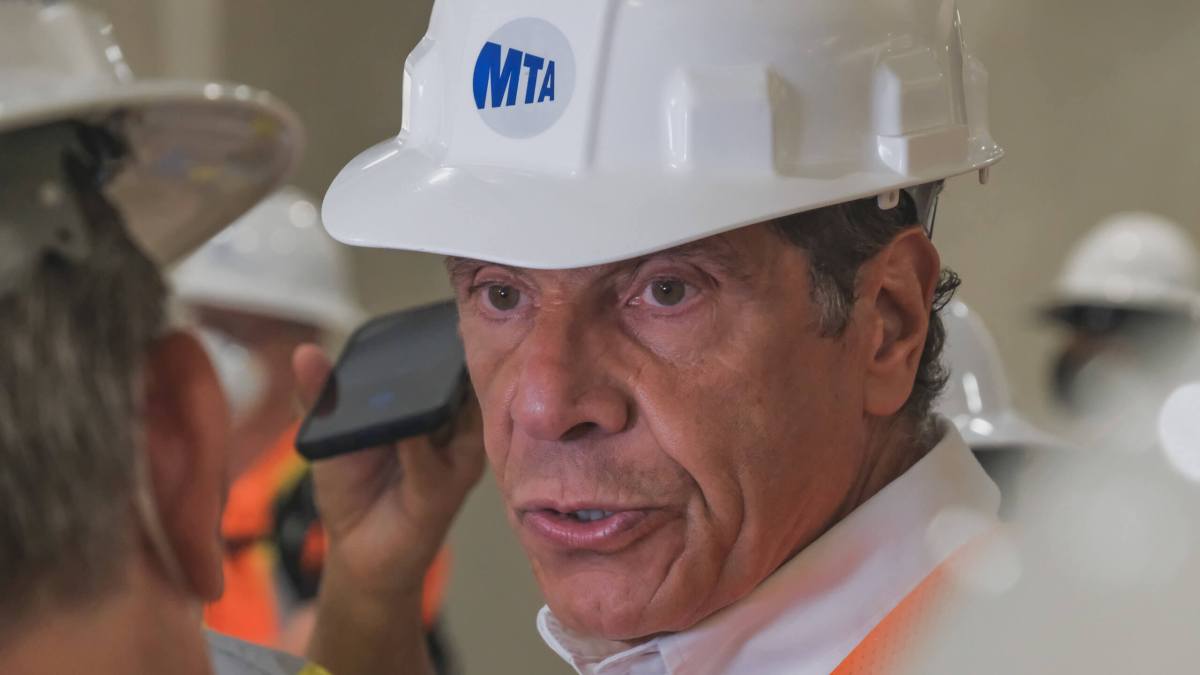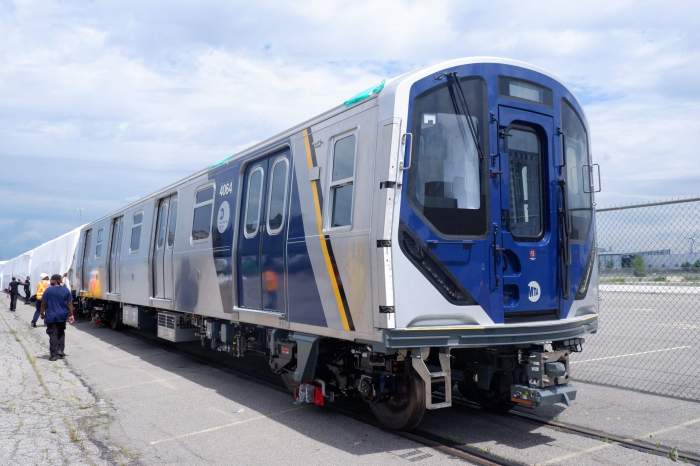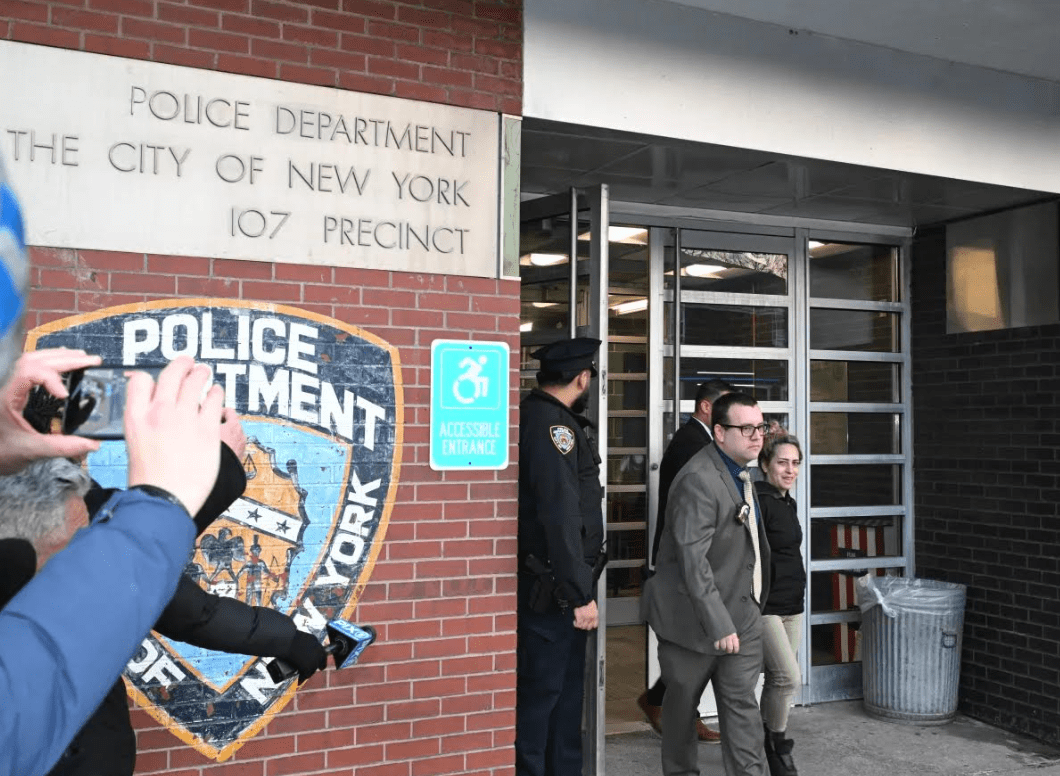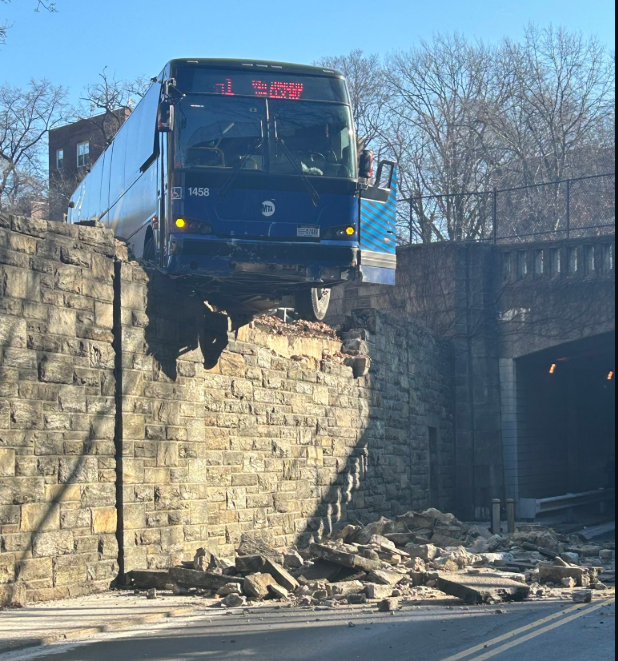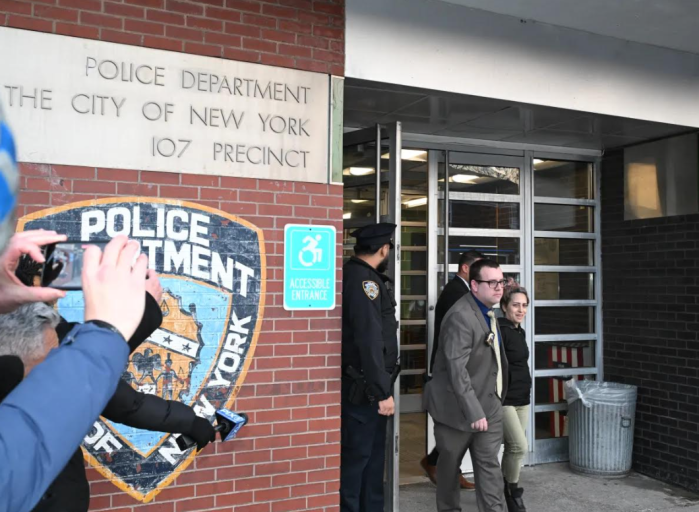Governor Andrew Cuomo’s four-year state of emergency for the MTA is officially over after his executive order quietly expired on June 28.
Cuomo, who controls the MTA, renewed the Emergency Disaster directive a staggering 49 times since he first introduced the measure in June of 2017 to address long-standing issues with the ailing agency, but government watchdog groups have sounded the alarm for years that it undermined transparency and public oversight.
“It was past time for the Governor to end the MTA state of emergency,” said Rachael Fauss, a senior research analyst with the good-government group Reinvent Albany. “Riders need the MTA to get out of the governor’s self-imposed crisis mode and instead consistently deliver better service through stable leadership, routine maintenance and successful implementation of the MTA’s regular, five-year capital plans.”
The order — whose expiration was first noted by WNYC reporter Stephen Nessen on Twitter — was meant to expedite repairs to the transit system following a series of high-profile and dangerous derailments and chronic delays.
A major issue was the subway’s ancient infrastructure which was left to rot, particularly its old signaling system, which dates back as far as the Great Depression.
In the months leading up to Cuomo’s 2017 declaration, an A-train in Harlem derailed, injuring 39 people, and two trains left the tracks near Penn Station within less than two weeks.
“The emergency order was good in that it responded to a system that was in crisis, but that crisis has been addressed,” said Lisa Daglian, executive director of the Permanent Citizens Advisory Committee to the MTA (PCAC), which advocates on behalf of riders. “We may not be in an emergency, but now we are in a state of urgency, and that’s getting riders back on board, and to get our economy and region back on its feet.”
Known as EO 168, the order allowed the MTA to contract emergency fixes without being vetted by its 21-member board, and enabled Cuomo to more easily push through the $836 million Subway Action Plan. The strategy aimed at modernizing the system, but many of the service improvements ended up being credited to then-New York City Transit President and “train daddy” Andy Byford.
A spokesman for the governor, and formerly the MTA, praised the order for getting the mass transit agency back on track and ready for its massive $51.5 million 2020-2024 capital plan.
“The Subway Action Plan and other actions taken by the MTA since the emergency went into effect have led to significant service improvements and we look forward to seeing further gains as the Authority bounces back from the pandemic and implements an unprecedented new capital program,” Shams Tarek said in a statement.
Almost a dozen advocacy groups, including Reinvent Albany and PCAC, wrote a letter in May urging state legislators to roll back the executive order to return the agency back to normal and more transparent governance.
By that time MTA had excluded $467 million worth of contracts from board approval, and the emergency declaration and not been used for procurements since March 2019, according to the letter.
The advocates also noted that the MTA was under a double emergency state of emergency due to the state’s COVID-19 emergency executive order since March 2020, but that expired on June 24.
It took a little over a week for the governor to issue a new Emergency Disaster order, this time targeting gun violence, for which Cuomo pledged some $139 million as part of a seven-point plan to address shootings across the Empire State.
In a statement, MTA senior advisor Ken Lovett said the order worked as intended by making it easier for transit officials to improve service for riders and modernize the system.
“On-time performance has improved dramatically, including through the COVID-19 pandemic, the number of major incidents has dropped, needed modernization work moved forward and many of the other problems that plagued the agency were able to be addressed,” Lovett said. “The Executive Order did what it was meant to do — set MTA on the right path for improvement. It was never designed to be permanent.”



